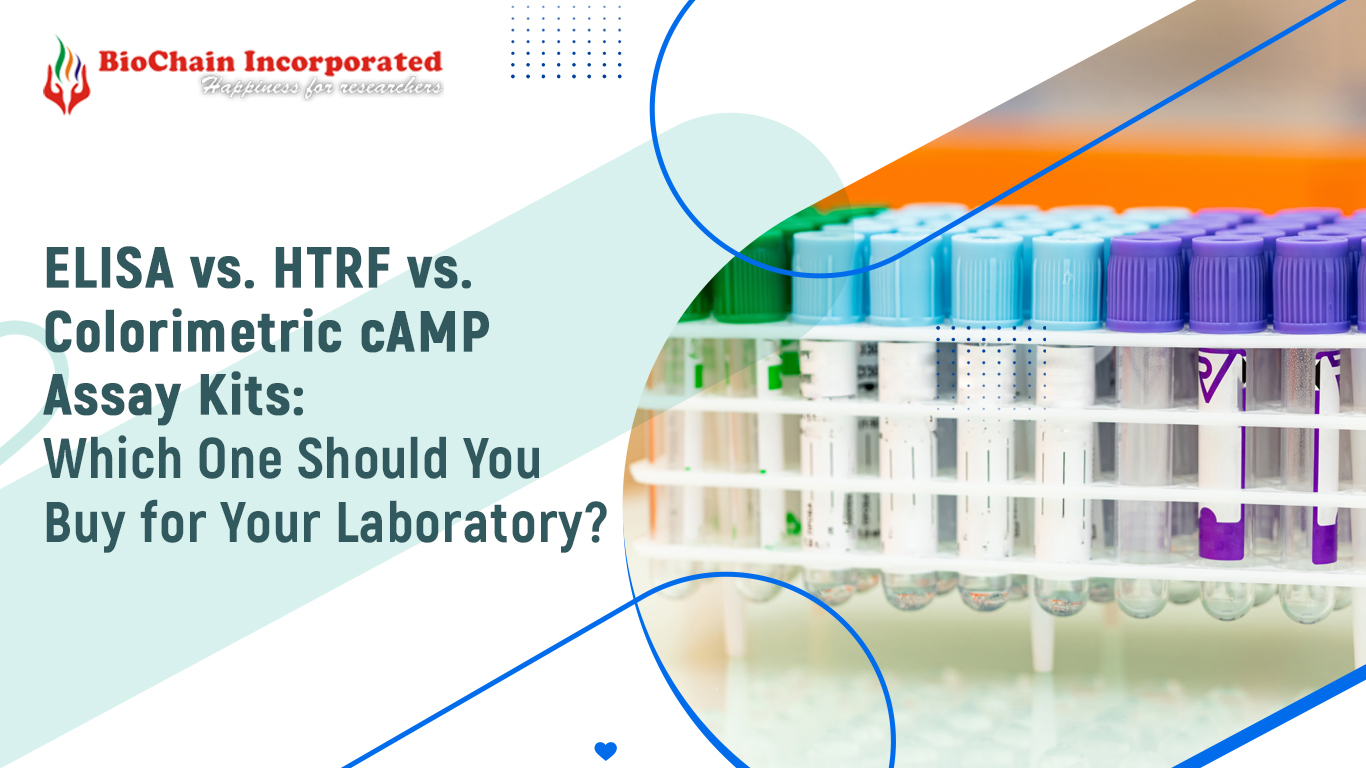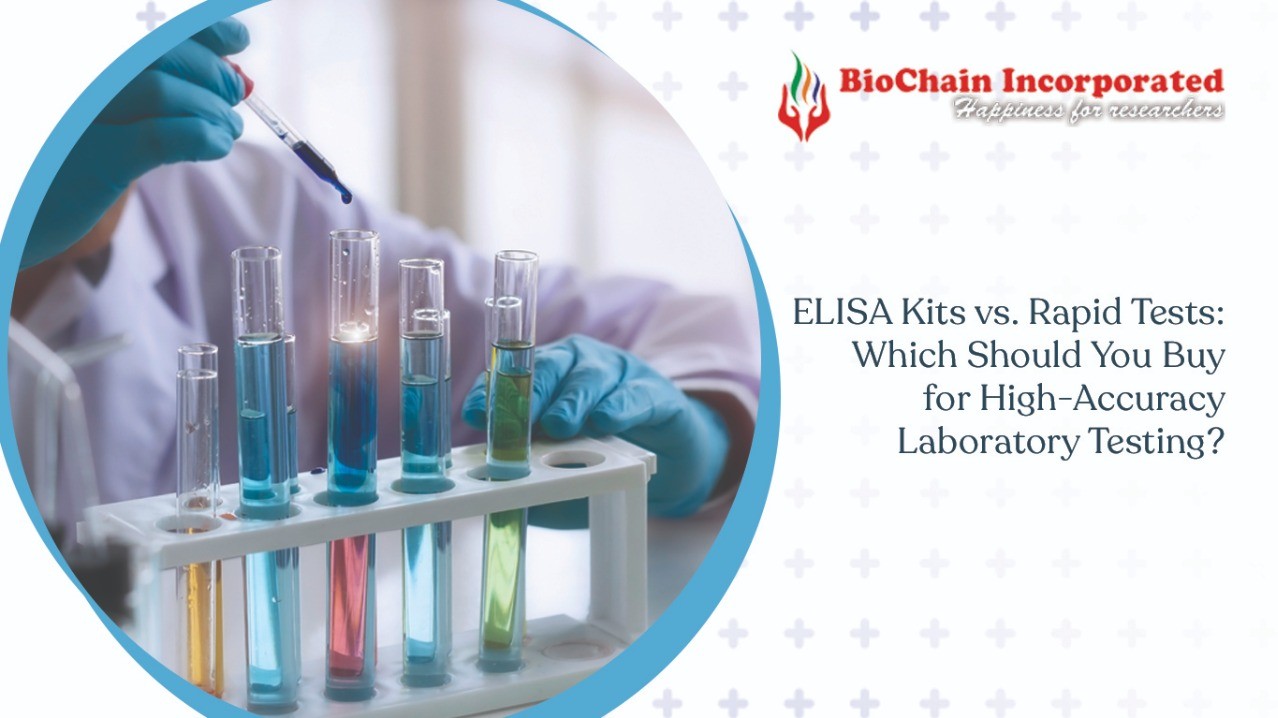Ultrasonic Sonicator: A Complete Guide to Its Uses, and How It Works in the Lab
An ultrasonic sonicator is a highly efficient laboratory instrument that is commonly employed for mixing, dispersing, and reducing matter into the smallest particles. The sonicator utilizes ultrasonic waves of a very high frequency to induce extreme power in liquid samples, thus making it an ideal apparatus for a chemist, biologist, materials scientist, or pharmacist. Biochain is one of the most renowned ultrasonic sonicator suppliers in India with countless satisfied clients all across the globe. So, if you want to get the best Sonicators for your brand, trust the industry leader, trust Biochain. In this article we are going to talk about its myriad uses.
Mechanism of Ultrasonic Sonicator:
An ultrasonic sonicator is essentially a probe, or horn, that sends ultrasonic waves—normally in the range of 20 kHz to 40 kHz. When this probe is put in a liquid, it also makes rapid vibrations that result in microscopic bubbles through a process called cavitation. These bubbles are very volatile and shortly disappear, thus giving off the same energy that hence breaks particles apart, disperses the cells, or emulsifies that which is immiscible.
This physical interaction is the sonicator’s particular advantage over ordinary mixing methods. The energy generated by cavitation is focused and very efficient, thus it is perfect for tasks that need accuracy and a large shear force.
Principal Laboratory Applications:
Ultrasonic sonicators have a variety of lab uses:
- Cell Disruption: An ultrasonic sonicator is a device that is most frequently used in molecular biology to disrupt bacterial, yeast, or mammalian cells in order to extract proteins, DNA, or RNA. Such a method is quick, efficient, and with proper heat demon control, has no detrimental effect.
- Homogenization and Emulsification: A sonicator is suitable for the task of mixing those liquids that normally do not blend well, e.g. oil and water. This is of utmost importance for pharmaceutical formulations, cosmetic products, and food science experiments.
- Nanoparticle Dispersion: Scientists employ sonicators to facilitate the uniform dispersion of nanoparticles in that they do not get aggregated and thus they can get consistent results in nanotechnology and materials science research studies.
- Degassing Liquids: Through the process of sonicating, it is possible to release the occluded bubbles in the liquid hence, the samples for analysis get better and also certain experiments can be performed more accurately because of this.
Practical Considerations
Care with duration, intensity, and temperature is also necessary for the use of a sonicator. Pulse settings and temperature controls are often built into many systems to minimize such risks. Maintenance and safety precautions, including wearing ear protection and a soundproof enclosure, must also be followed.
In conclusion, an ultrasonic sonicator’s precision and high-energy processing capability make it the perfect machine for sample prep, molecular extraction, and sophisticated material science research. Proper technique and maintenance with this device can greatly improve the efficiency of the lab and the accuracy of experiments. Don’t hesitate to look up Biochain Incorporated when you plan on getting the cutting-edge sonicators for your brand. As one of the leaders in the field of ultrasonic sonicator suppliers, Biochain assuages your concerns and does the job, so that you don’t have to.












